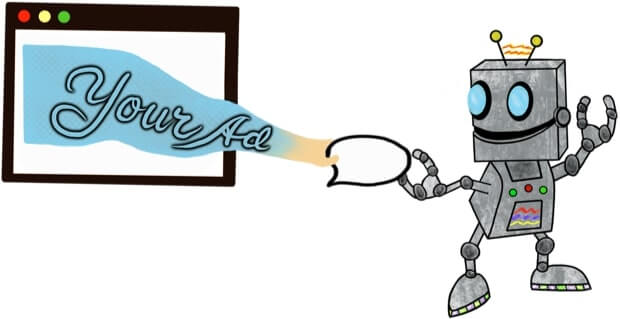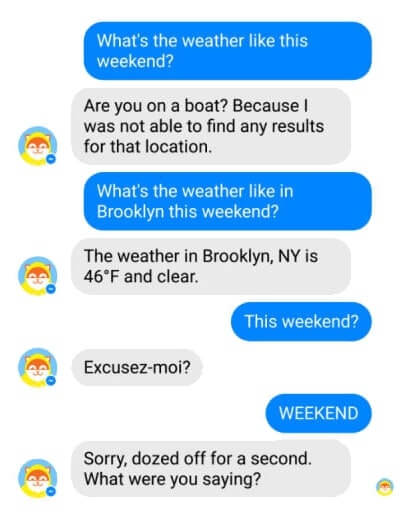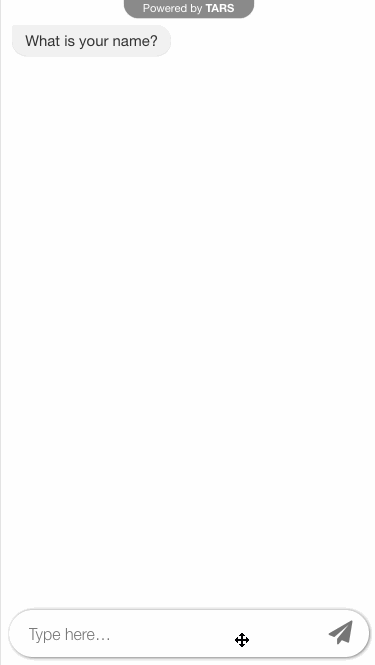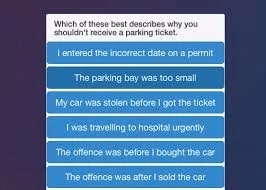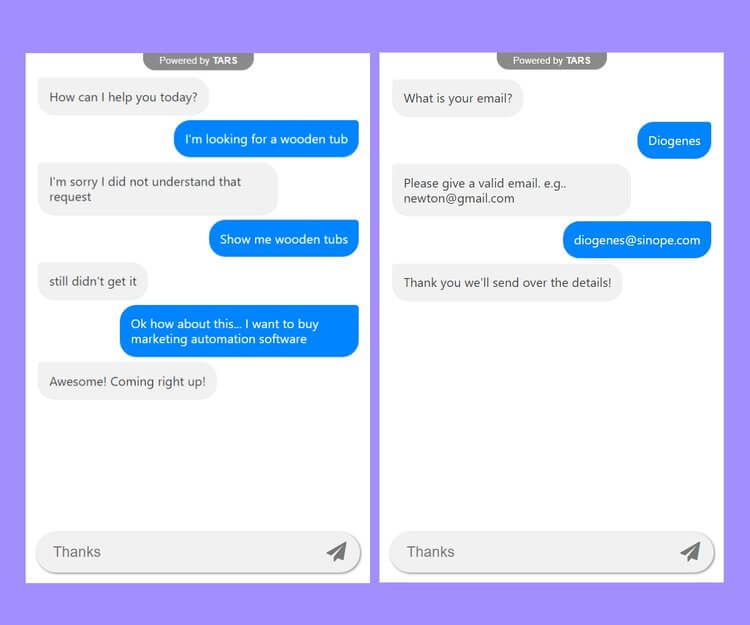Quick Introduction to Chatbot Marketing
Chatbot marketing offers the promise of a more engaging lead generation and qualification process. Of course, to actually see any of these benefits you need to know how to approach the technology for the first time.
As someone who has worked in the chatbot space for the last three years, I have found that many businesses have a misguided notion of how chatbots are going to help them, resulting in a subpar chatbot that fails to meet their and their prospects’ expectations. Don’t fall into a similar trap. Learn how chatbots can actually help you boost your conversion rate and achieve the marketing holy grail: a lower CPA.
